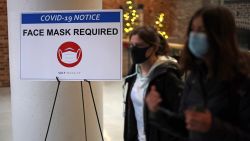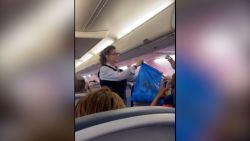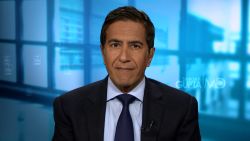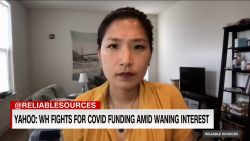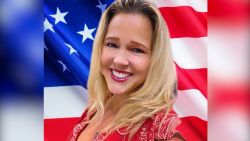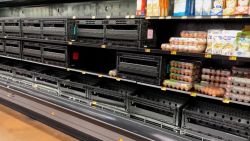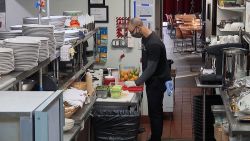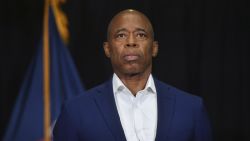Editor’s Note: Charles A. Goldman is a senior economist and Rita T. Karam is a senior policy researcher at the nonprofit, nonpartisan RAND Corporation. Both are professors at the Pardee RAND Graduate School. The opinions expressed in this commentary are their own.

The college experience in America might never look the same.
Covid-19 is threatening to upend the models that both public and private higher education depend on in the United States. As universities consider whether to postpone in-person classes until next year, many parents and students may be questioning the value of a traditional higher education.
Colleges and universities have been increasing their use of online learning for years. Covid-19 has accelerated that change, forcing students and faculty across the country to adapt to online methods. Some colleges have replaced all in-person instruction, labs and exams with online delivery.
Face-to-face interactions with professors and other students have been a core aspect of the experience at many colleges and universities. But now that many colleges, like Harvard, Princeton and the University of Southern California, are telling some students they are not allowed on campus at all in the fall or under limited circumstances, students are rethinking paying the high costs of tuition.
This could mean financial disaster for some colleges and universities and, ultimately, lead to a shift in the quality of education that some students receive.
The fallout would be especially tough on private universities. Outside of a few institutions that have massive endowments and can fund generous financial aid for all, private colleges and universities depend on attracting enough students who can pay full or nearly full tuition. They use this revenue, in part, to subsidize lower-income students through need- or merit-based financial aid. If higher-income students and families start to question the value of private, residential education, private colleges could permanently lose access to the portion of the market that enables them to stay in business.
Many private (and some public) universities also attract significant numbers of foreign students who pay full tuition. Many of these foreign students may not be able to come to the United States this fall or may choose to stay home or go to countries with fewer Covid-19 cases. For some colleges and universities, especially private ones, this could be a serious financial blow on top of the other financial risks the pandemic has created. If the effect is only a year or so, colleges can probably navigate it with some significant short-term pain. But if the effect lasts longer, it could push some private colleges into insolvency.
Public universities face similar challenges. Low-income students might seek to defer their admission or drop out to take a job to support their families due to the financial pressures caused by the Covid-19 shutdowns. What’s more, the pandemic is slashing state tax revenues and increasing state expenses, likely leading to large cuts in public appropriations for higher education in many states. And public universities (like many private universities) will have to pay the costs to finance and maintain housing, food services and recreational facilities with fewer students paying fees to support them. These reductions in income are already leading to hiring and salary freezes — and budget reductions may well get worse, just as they did during the Great Recession.
While colleges and universities have received some federal stimulus funds, they say more will be needed if the pandemic’s effects continue, as we expect they will.
We expect colleges to start by closing or consolidating low-enrollment programs to conserve resources. We could see closures, mergers and consolidations among private colleges and universities, especially smaller, less prestigious ones. Public universities may have some insulation as public institutions, but even they will not escape. Dramatically tightening budgets and long-term declines in the college-age population could motivate states to close or consolidate public universities.
While these moves may make fiscal sense, they could significantly reduce opportunity for students to seek a higher education. They could also accelerate the shift toward online education as the closures are most likely to be concentrated at colleges that have not developed strong online programs that allow them to enroll students from a wider area.
This could result in a “race to the bottom,” as online providers of all types compete with each other to offer the cheapest price for college credits, employing adjunct or contingent faculty and low-paid online graders to lower costs and prices, and serve students through large online courses.
Face-to-face learning and residential education can provide a rich experience that helps students and faculty form supportive networks and learn valuable social and behavioral skills. Online delivery can provide valuable access to higher education if it is delivered well. But much depends on whether each college designs and implements high-quality online courses.
The long-term shifts sparked by Covid-19 have threatened the traditional business models of public and private colleges and universities. As a result, the remaining institutions capable of face-to-face education and a true campus living experience will become the province of students with high family incomes or outstanding academic ability. The rest will likely do without those experiences, instead opting for an online education that, in some cases, will deprive them of the leg up they need to get ahead.



